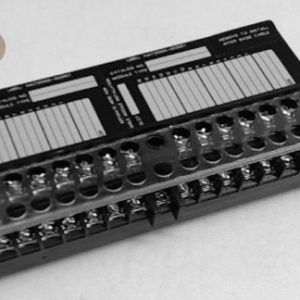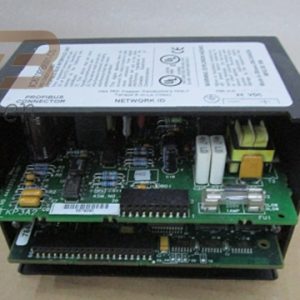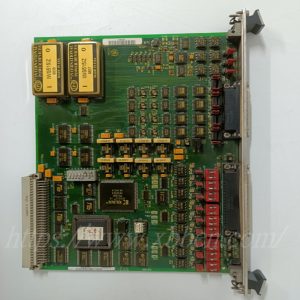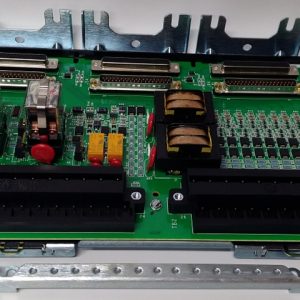IS200EROCH1A Excitation regulator option board
The IS200EROCH1A is a component of the GE Mark VI series, specifically the Excitation Regulator Option Board (EROC) 1. It is part of the Speedtronic family, an advanced system for managing heavy-duty gas or steam turbine systems of all sizes and levels of complexity.
The IS200EROCH1A has a variety of features, including high-speed network I/O capabilities for simplex, dual-redundancy, and triple-redundancy systems. It uses industry standard Ethernet communications for I/O, controllers, and monitoring interfaces for operators and maintenance stations, as well as third-party systems. In addition, ToolboxST* serves as a universal software platform for programming, configuration I/O, trend analysis, and analytical diagnostics, providing a single quality, time-consistent data source at the controller and factory level for effectively managing equipment assets.
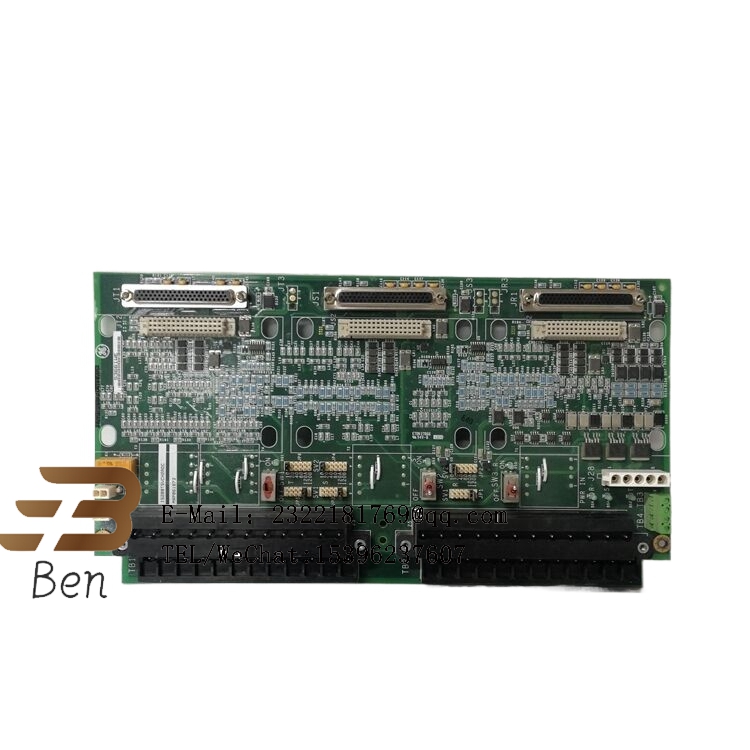

The application range of the module is wide, including CNC machinery, metallurgy, coal mine, food factory, oil and gas, petrochemical, chemical, paper printing, textile printing and dyeing, machinery, electronic manufacturing, automobile manufacturing, tobacco, plastic machinery, electric power, water conservancy, water treatment, environmental protection, municipal engineering, boiler heating, energy, transmission and distribution and other fields.
In specific applications, each channel of IS200EROCH1A can process 16-bit integer and 32-bit floating point data, for analog input, it can receive voltage, current, thermal resistance signals, etc., and integrated analog scale conversion function, can convert the collected analog signal into the corresponding different numerical output.
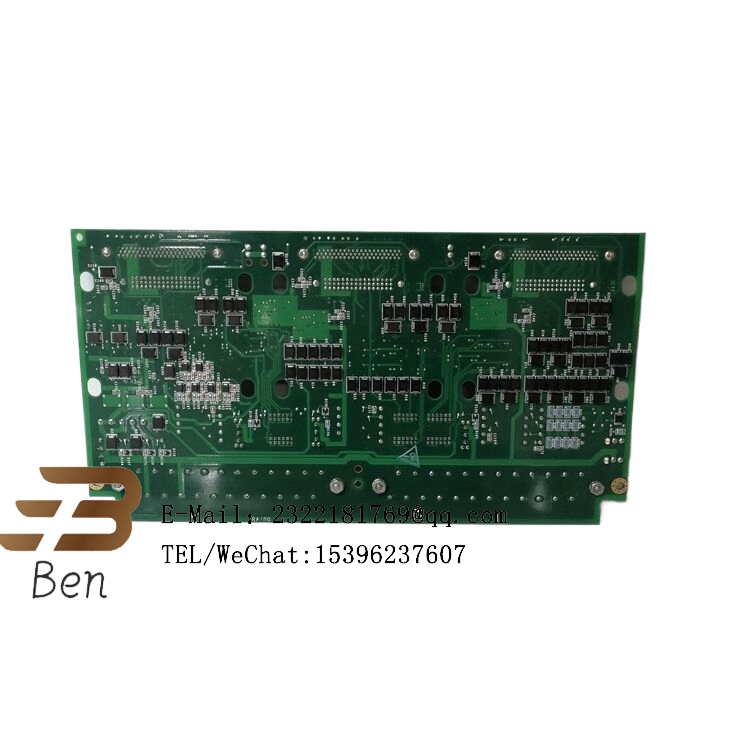
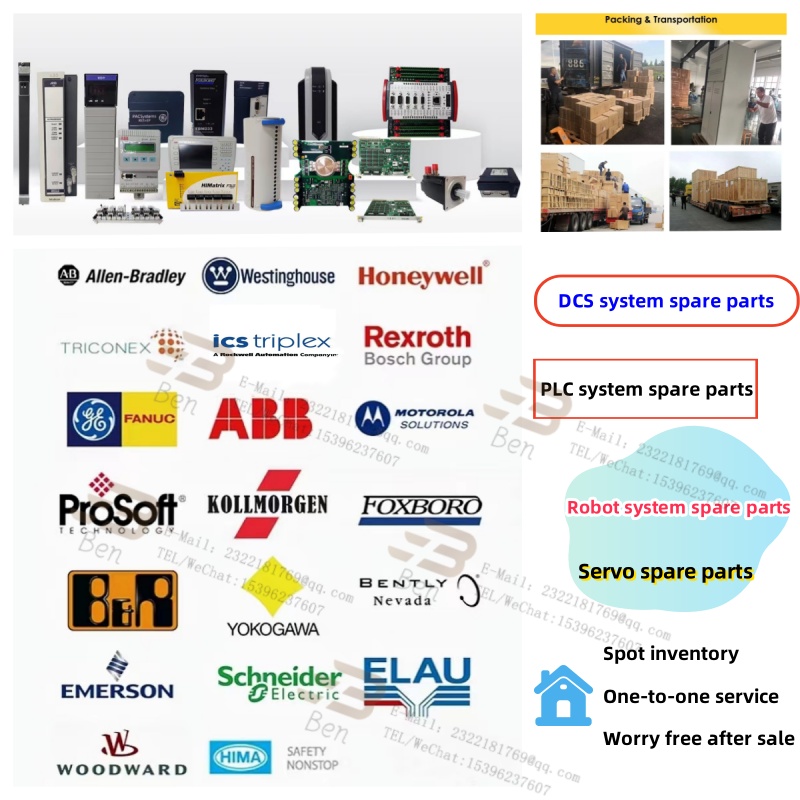
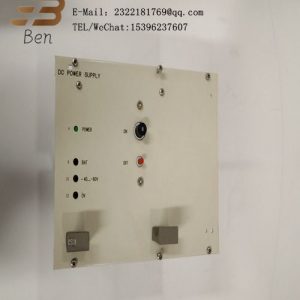
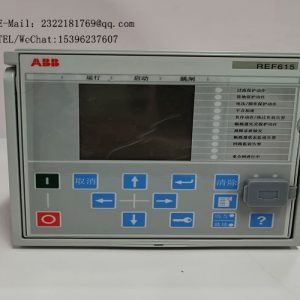
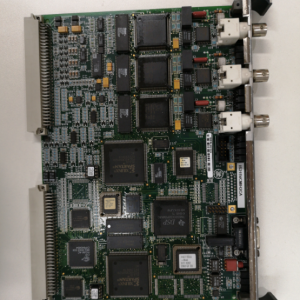
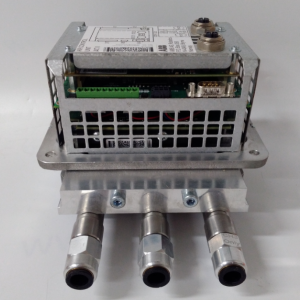
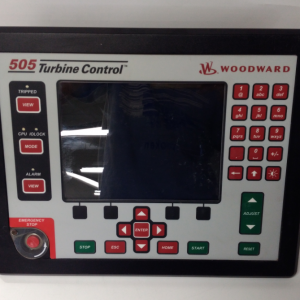
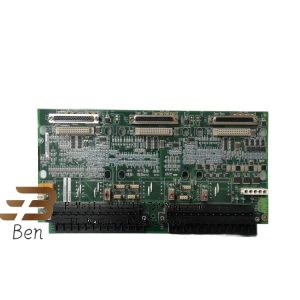
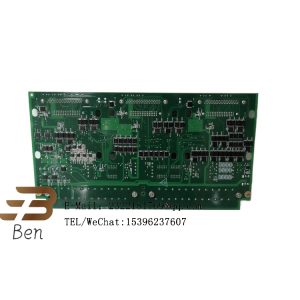
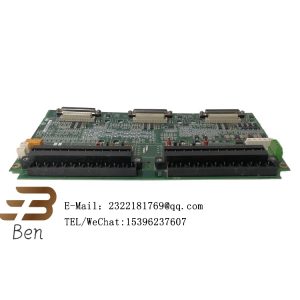
.png)
